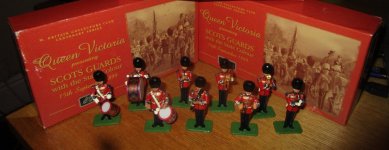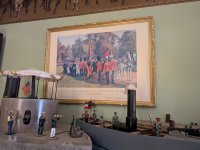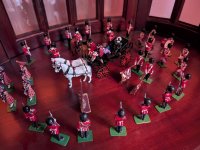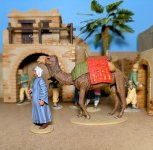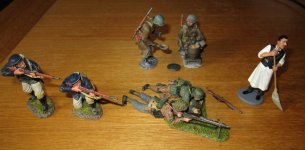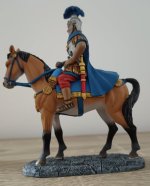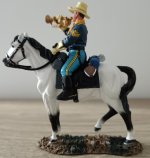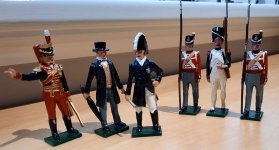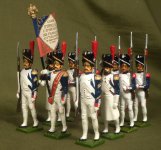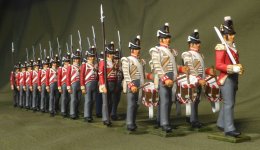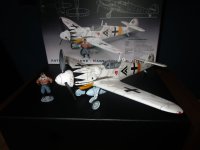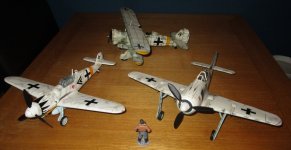saxon lions
Private 2
- Joined
- Jun 21, 2010
- Messages
- 140
Morane Saulnier Type BB
Sometimes you see a picture of a plane and you know that you want a model of it in your collection. Thus it was when some time ago when I discovered this picture of a captured Morane-Saulnier Type BB formally of No. 3 Squadron, R.F.C forced down by the first Saxon ace Max Immelmann. The Type BB was an attractive French aircraft never operated by the Aviation Militaire but served with the R.F.C from late 1915 into early 1917. About 80 were purchased partially equipping squadrons; 1, 3, 12 and 60 performing 'without attracting praise or blame" being for those days, quite fast. with a speed of 95 mph. According to Cecil Lewis "Both in the air and on the ground this aeroplane had a somewhat waspish appearance. It looked dangerous and short-tempered''.
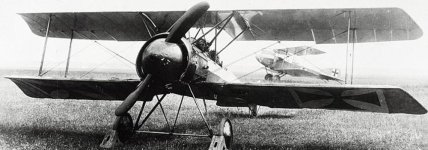
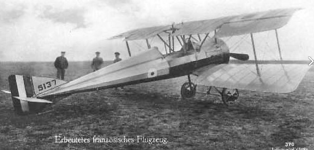
There followed a long period of deliberation on how to create the unique fuselage shape of this plane during which my good friend Gunther UK formulated the plan of adapting the plans from a paper Morane Type N Sadly, I lacked the confidence (and origami skills) to attempt this, and so purchased a HECO model of the Type N to convert only rejected this plan too as it was too small (HECO Tinplate Models #1,559). Then by accident I discovered some croissant moulds which were almost perfect and I was up and running.
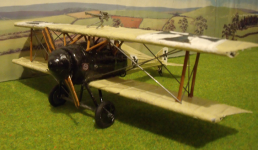
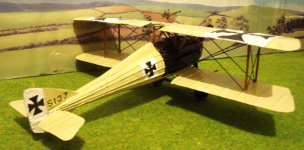
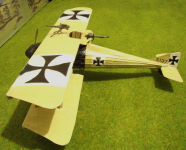
Morane-Saulnier BB No. 5137 was crewed by Lt. C W Palmer as pilot and Lt. H F Birdwood as observer/ gunner, when it was forced down by Immelmann for his ninth victory on 02/03/16. Herbert Frederick Birdwood was killed in the air during the action but Charles Walter Palmer whilst wounded in the foot was able to land the plane in tact. Sadly, Palmer later had the leg amputated but died of septicaemia on 29th March. The machine had two guns manned by the observer normally in pictures of the BB one is shown as mounted over the wing whilst the other was in the rear. The second machine gun was missing; as it had fallen out of the dead observer's hands and was found some kilometres away from the landing place. Immelmann had the virtually undamaged BB dismantled and sent along to 'our section' (FFA 62) where it appears to have received German markings possibly to be flown in action but more likely for evaluation purposes.
Sometimes you see a picture of a plane and you know that you want a model of it in your collection. Thus it was when some time ago when I discovered this picture of a captured Morane-Saulnier Type BB formally of No. 3 Squadron, R.F.C forced down by the first Saxon ace Max Immelmann. The Type BB was an attractive French aircraft never operated by the Aviation Militaire but served with the R.F.C from late 1915 into early 1917. About 80 were purchased partially equipping squadrons; 1, 3, 12 and 60 performing 'without attracting praise or blame" being for those days, quite fast. with a speed of 95 mph. According to Cecil Lewis "Both in the air and on the ground this aeroplane had a somewhat waspish appearance. It looked dangerous and short-tempered''.


There followed a long period of deliberation on how to create the unique fuselage shape of this plane during which my good friend Gunther UK formulated the plan of adapting the plans from a paper Morane Type N Sadly, I lacked the confidence (and origami skills) to attempt this, and so purchased a HECO model of the Type N to convert only rejected this plan too as it was too small (HECO Tinplate Models #1,559). Then by accident I discovered some croissant moulds which were almost perfect and I was up and running.



Morane-Saulnier BB No. 5137 was crewed by Lt. C W Palmer as pilot and Lt. H F Birdwood as observer/ gunner, when it was forced down by Immelmann for his ninth victory on 02/03/16. Herbert Frederick Birdwood was killed in the air during the action but Charles Walter Palmer whilst wounded in the foot was able to land the plane in tact. Sadly, Palmer later had the leg amputated but died of septicaemia on 29th March. The machine had two guns manned by the observer normally in pictures of the BB one is shown as mounted over the wing whilst the other was in the rear. The second machine gun was missing; as it had fallen out of the dead observer's hands and was found some kilometres away from the landing place. Immelmann had the virtually undamaged BB dismantled and sent along to 'our section' (FFA 62) where it appears to have received German markings possibly to be flown in action but more likely for evaluation purposes.


